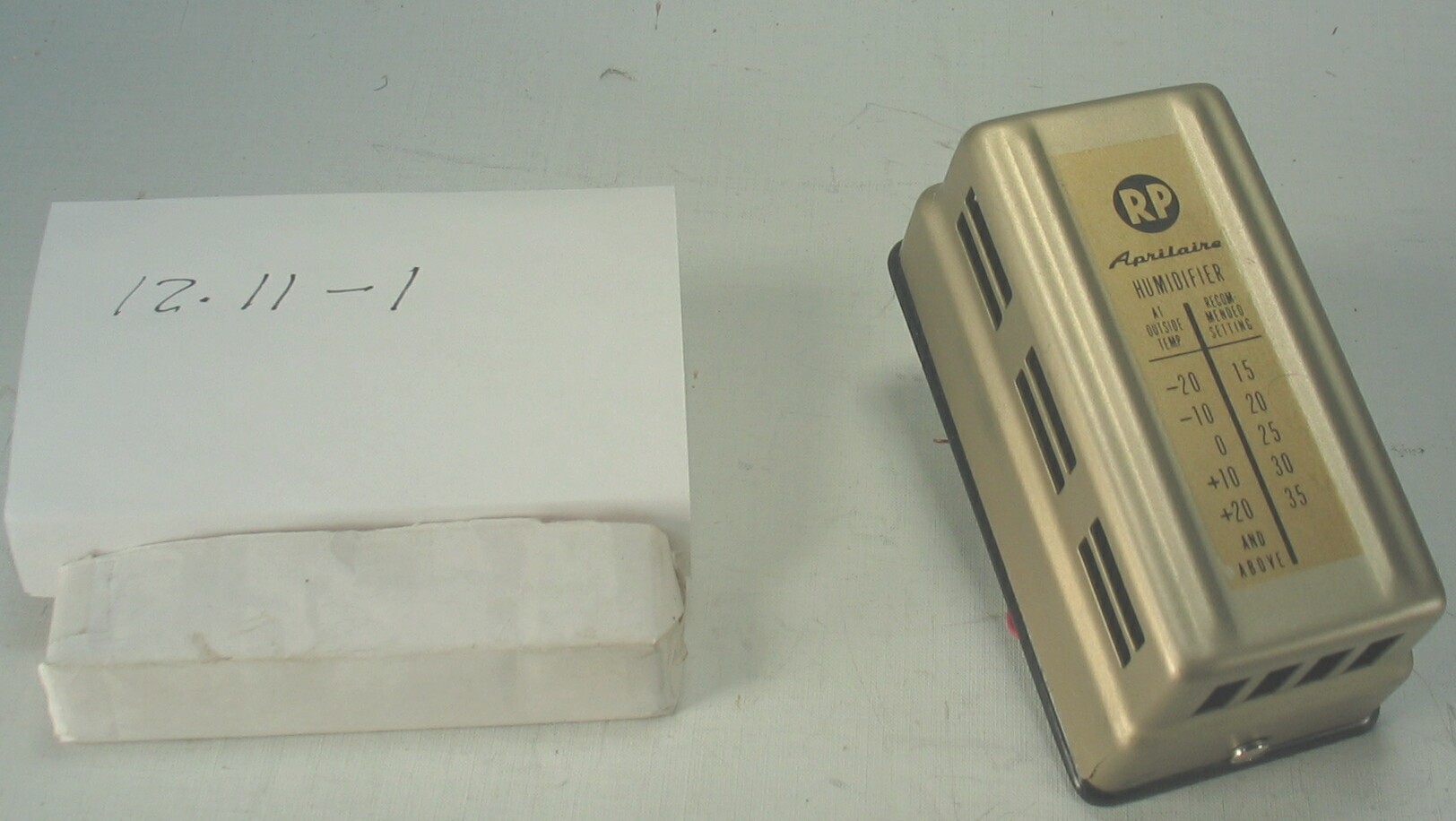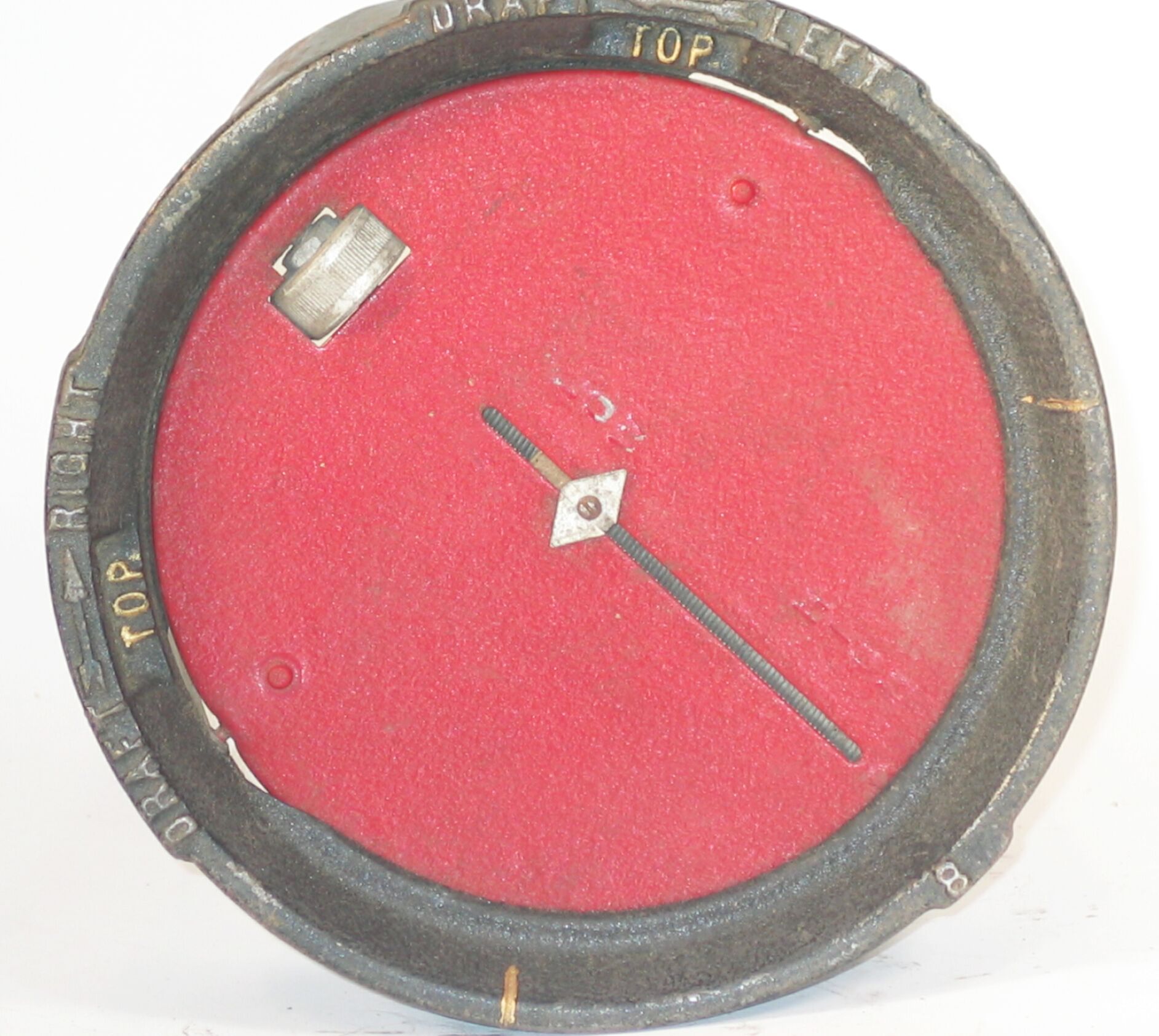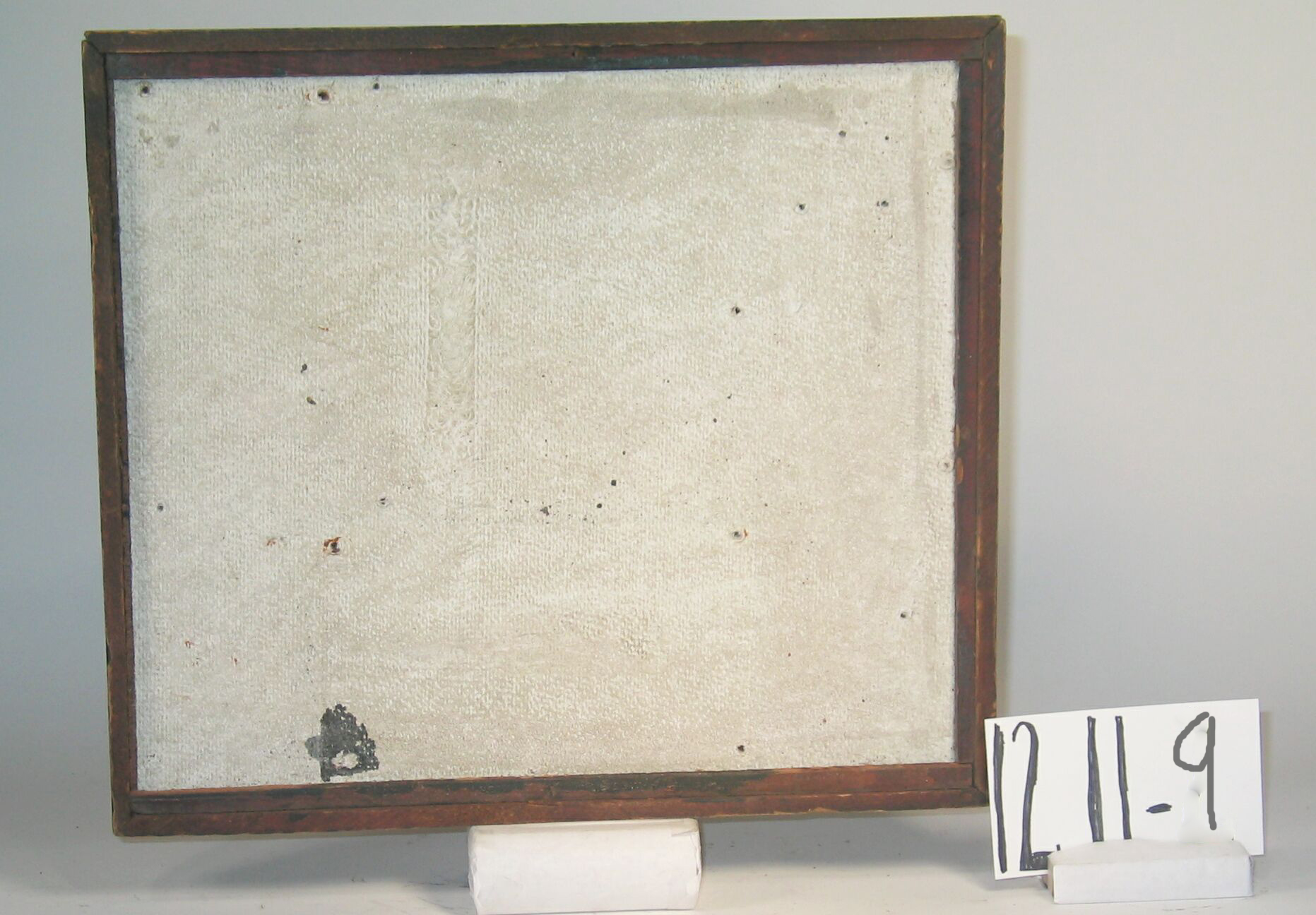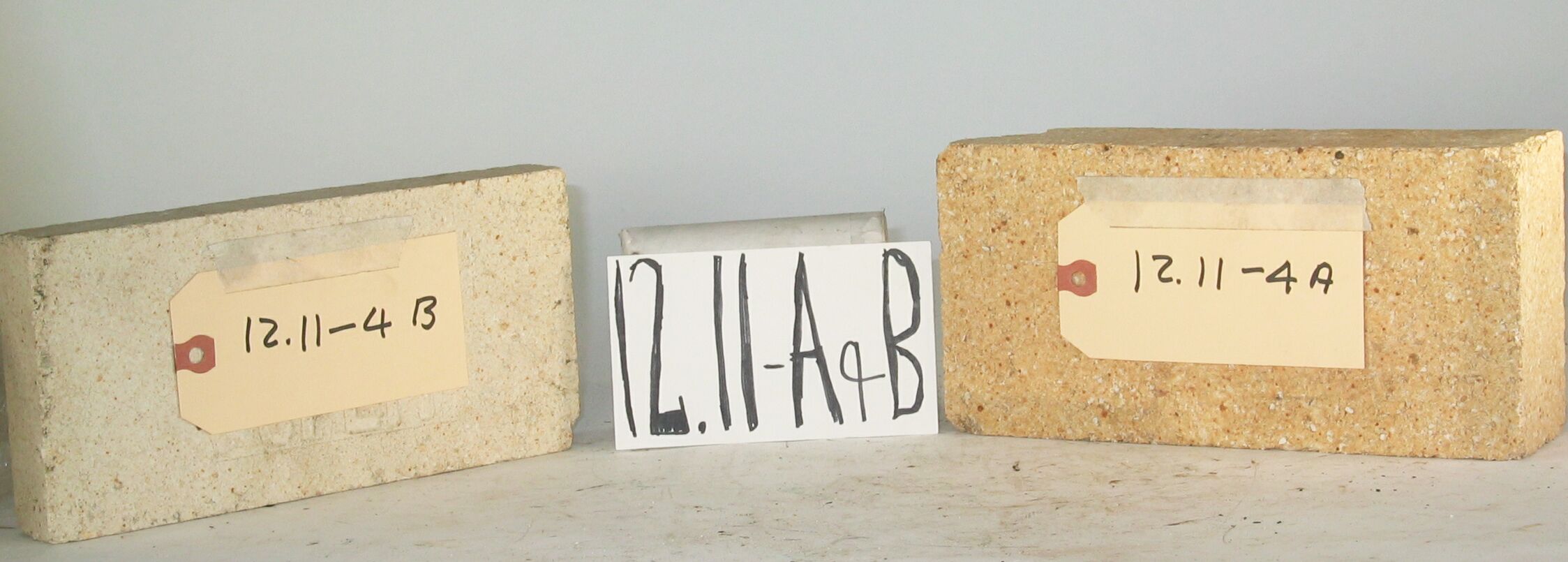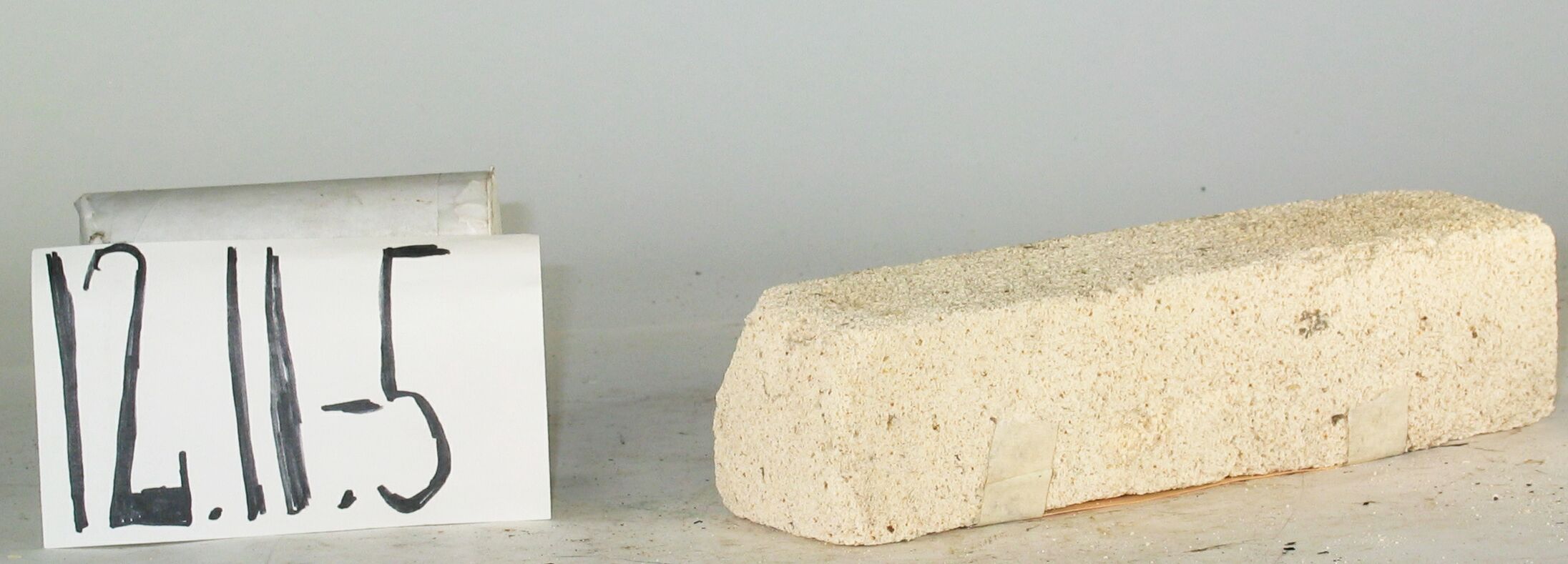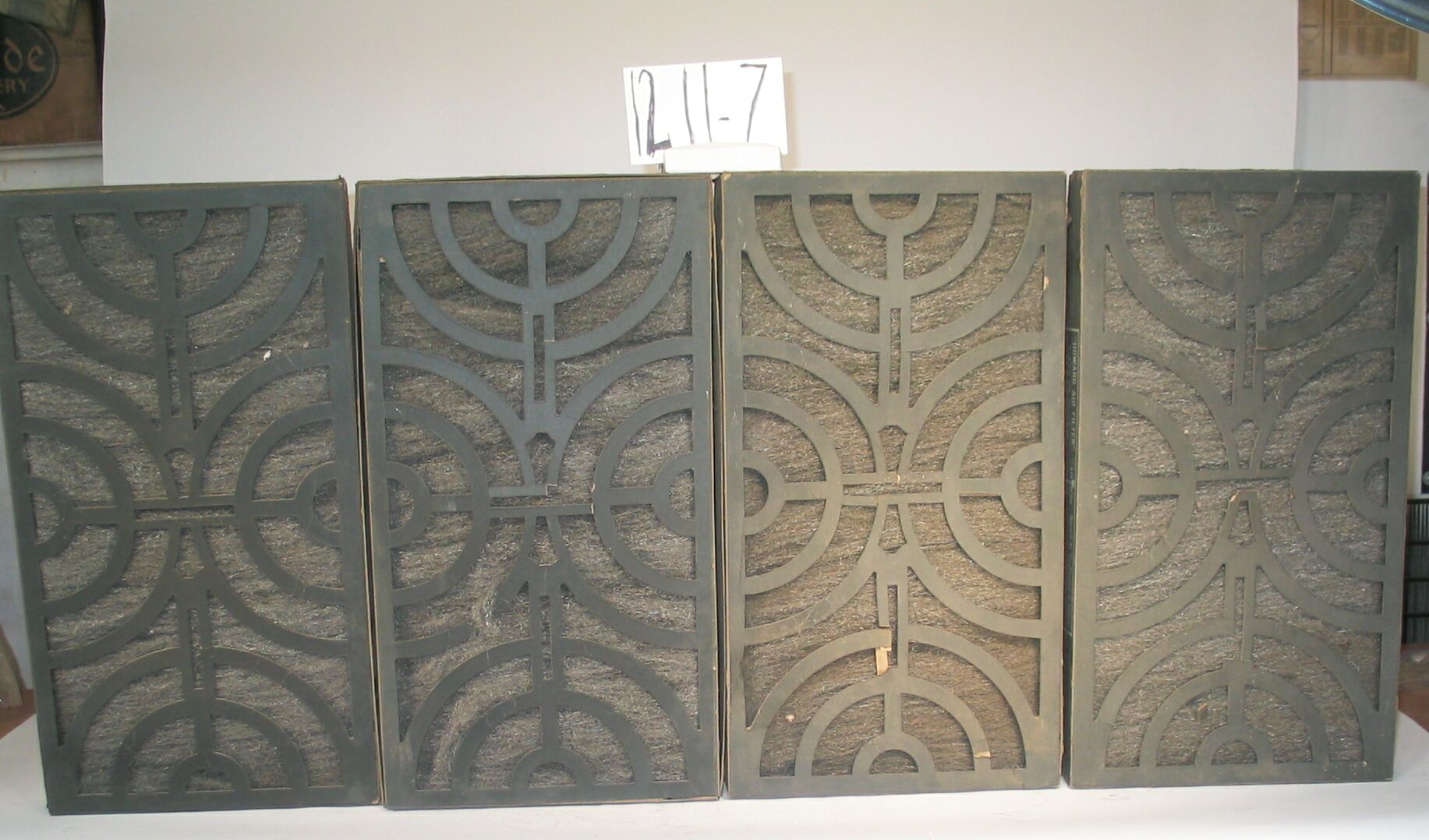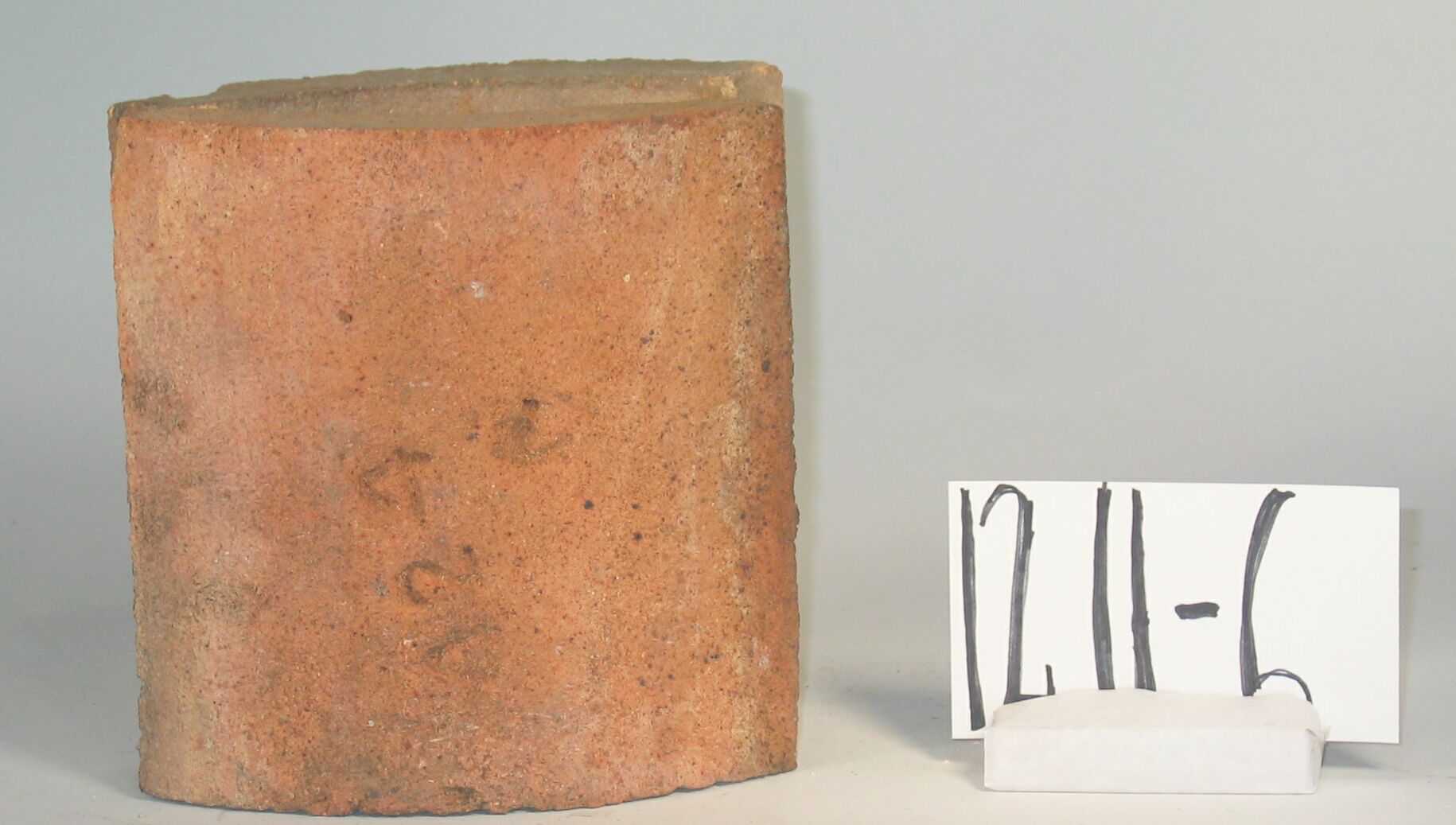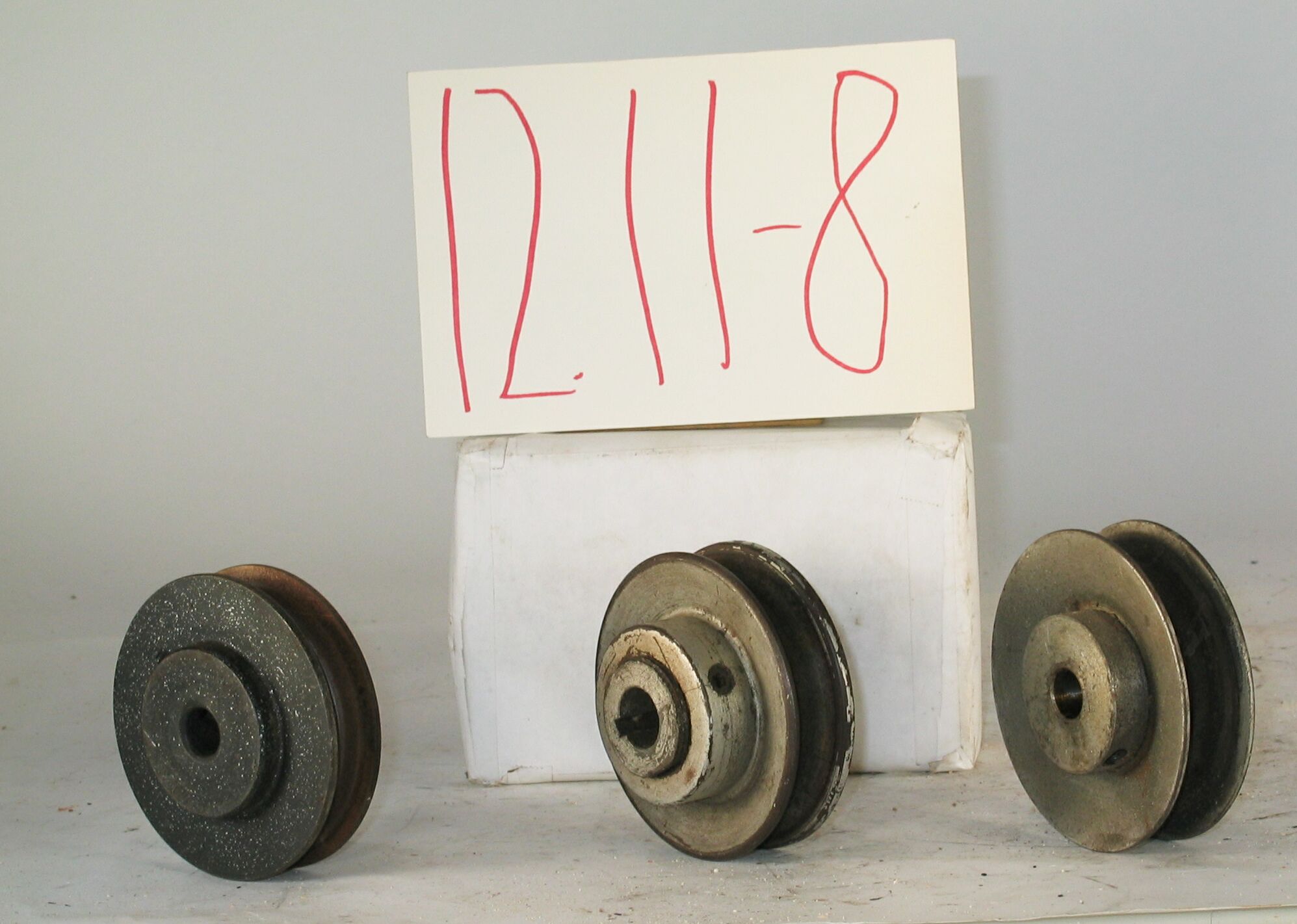12.11-2: Taylor 1936 Room Temperature and Humidity Read-Out Devices
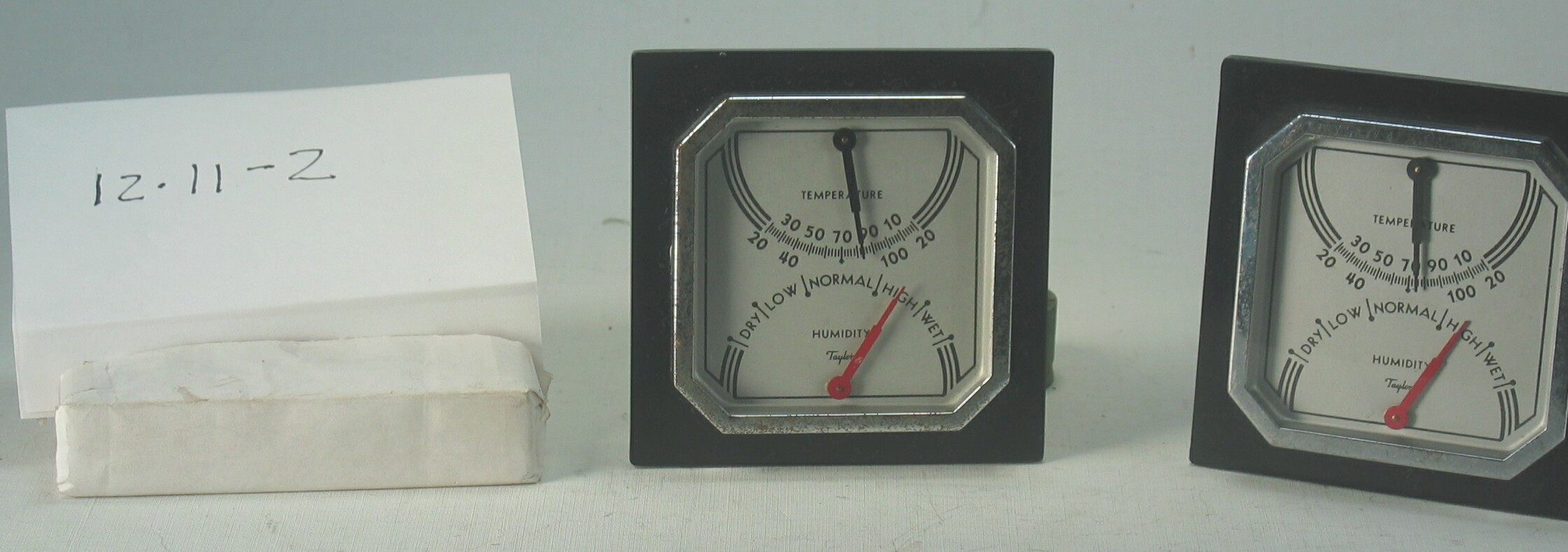
| HHCC Accession No. 2006.099 | HHCC Classification Code: 12.11-2 |
|---|
Description:
A pair of mid 1930’s room temperature and humidity dial read-out devices for locating around the home. With the promotion of coal and oil ‘winter air conditioning’, new expectations had been established by the Canadian HVACR industry about the winter human ‘comfort zone’ now made possible [See ID#222]. It was a period, too, in which the popular mind was being increasingly bombarded with information on the wonders of modern science and the importance of scientific measurement - if you can’t measure it you can’t control it, Taylor, 1936.
Group:
12.11 Pressure Atomizing Oil Burner Equipment and Systems - Other Components and Parts
Make:
Taylor
Manufacturer:
Likely Taylor Instrument Co. Rochester N.Y.
Model:
Serial No.:
Size:
3.5 x 1.5 x 3.5 ‘h
Weight:
2 ozs.
Circa:
1936
Rating:
Exhibit, education, and research quality, illustrating the styling and engineering design of early mid 20th century temperature and humidity read-out, portable, remote indicators for the Canadian home.
Patent Date/Number:
Provenance:
From York County (York Region) Ontario, once a rich agricultural hinterlands, attracting early settlement in the last years of the 18th century. Located on the north slopes of the Oak Ridges Moraine, within 20 miles of Toronto, the County would also attract early ex-urban development, to be come a wealthy market place for the emerging household and consumer technologies of the early and mid 20th century.
This artifact was discovered in the 1950’s in the used stock of T. H. Oliver, Refrigeration and Electric Sales and Service, Aurora, Ontario, an early worker in the field of agricultural, industrial and consumer technology.
Type and Design:
Composite, helical coil spring actuators for temperature and humidity, dial read-out Black Bakelite cases High gloss chrome frames with glass bezel
Construction:
Material:
Special Features:
Modern styling reflecting the new modernism of the 1930’s, executed in black, red and chrome
Accessories:
Capacities:
20 to 120 deg. F Dry, low, normal, high, wet
Performance Characteristics:
Operation:
Control and Regulation:
Targeted Market Segment:
Consumer Acceptance:
Merchandising:
Market Price:
Technological Significance:
The immediate pre W.W.II years was a period of ever increasing expectations about the winter comfort that was now available for the Canadian home ‘ for all those that could afford it. With the development of the forced air furnace, ‘the winter air conditioner’, came many new possibilities for winter comfort. Included were, automatic combustion control for solid and liquid fuels [coal and oil], automatic room temperature control, air distribution [well beyond that possible with natural convection], constant air circulation. air filtration, as well as automatic humidification. These features would be promoted with great success by the warm air sector of the industry, as a competitive edge, over the ‘hot water heating systems [hydronic systems] of the times - once considered the preferred type of central heating for all that could afford it. By the mid 1930’s many Canadians had become used to the new automated, in-door comforts now possible for the home. They had become used, also, to the glass stem thermometer conspicuously mounted on the wall thermostat and would check it regularly to make sure their heating system was operating properly. But what was new, here, with the advent of the ‘winter air conditioner’, with forced air circulation, was the suggestion that temperature and humidity conditions should be more or less uniform throughout the entire home, not merely at the thermostat. With the marketing and popularization of such remote temperature and humidity measuring devices, homeowners were being invited to check it out for themselves. They were encouraged to purchase a set of scientific air temperature and humidity measuring instruments, make their own scientific measurements and consequently make such changes in the operation of the system, largely by opening and closing registers and dampers, as needed to bring the entire home into one uniform comfort zone. Needless to say many would quickly find the limitations of the new technology - for automatic zone control was still several decades away for most Canadian’s with forced warm air heating systems. There was a sense that local heating technicians, such as Howard Oliver, Aurora, in marketing temperature and humidity, dial read-out devices such as these, was inviting the home owner to be part of a new ‘do it yourself generation’. They were invited to take their own scientific measurements and make their own adjustments, within their own ability and that of the system to respond.
Industrial Significance:
The 1930’s and 40’s would be a period characterised by much research in the field of in-door human comfort, its necessary and sufficient conditions and the means of creating it in Canada’s climate of weather extremes. Warm air heating research would become a legitimate topic for university, as well as industrial research with technical papers and how-to-do-it manuals to follow. In the field of winter humidity control, for example, see ‘Winter Air Heating and Winter Air conditioning’, John Norris McGraw-Hill 1950, Chapter 9, Humidity and the properties of Air. Characteristic of the period and the emerging market for winter comfort was the creation of the National Warm Air Heating and Air Conditioning Association of Canada [forerunner of the Heating, Refrigeration and Air Conditioning Institute of Canada]. Their extensive set of engineering manuals produced through the 1950’and 60’s would be the standards of the field
During the 1940’s and 50’s the Howard Furnace Co of Toronto would be an acknowledged leader in the field of winter air conditioning equipment for the Canadian market, see reference. There promotion would read ‘Enjoy filtered, humidified, gently moving air throughout every part of your home’, ‘Have even temperature maintained in all rooms with lowest possible fuel costs and little attention”. This was surely new world experience for Canadians approaching the middle years of the 20th century.
Socio-economic Significance:
Clearly evident on the mantle piece, sideboard, sofa or bedside table, these new, modern, dial reading measuring devices would mark the home owner as a new breed of Canadian able to enjoy new found winter comfort and be able to measure and adjust his or her comfort conditions to their personal satisfaction ‘ within their ability to do so. With its eye-catching, sophisticated modernity of styling, these devices would be another marker of ‘conspicuous consumption’, serving to tell all of the latest and the best, which the Canadian heating industry could offer. From the vantage point of the early 21st century it is difficult to comprehend the breath of fresh air and hope that accompanied the popularization of science in 1930’s. [See popular science magazines of the period] The wonders of science were everywhere appearing on every hand, with a myriad of new discoveries, many with practical applications [technologies] that would change the life of individuals an communities across Canada ‘so the promise was. For most there would be absolute faith in the power of science to create a bright new world for all. This was a message commonly preached from the pulpit of the times and firmly believed in, as part of a new Canadian popular good, that would be available to all. A central element of the belief in the powers of science was the belief in the power and benefits of scientific measurement. The new proposition and corollary of the time was, ‘if you can’t measure it, it doesn’t exist’ and ‘certainly if you can’t measure and report on it, you can’t control and regulate it’. The world of popularized scientific measurement was at hand, and manufacturers rushed to help both create and satisfy the newly discovered public need.
Socio-cultural Significance:
Donor:
G. Leslie Oliver, The T. H. Oliver HVACR Collection
HHCC Storage Location:
Tracking:
Bibliographic References:
Howard South-Wind, Air Conditioning and heating Unit, Howard Furnace Co. Toronto, sale brochure, undated, circa 1940 ‘Winter Air Heating and Winter Air conditioning’, John Norris McGraw-Hill 1950, Chapter 9, Humidity and the properties of Air. See Popular Science Magazine Collection
